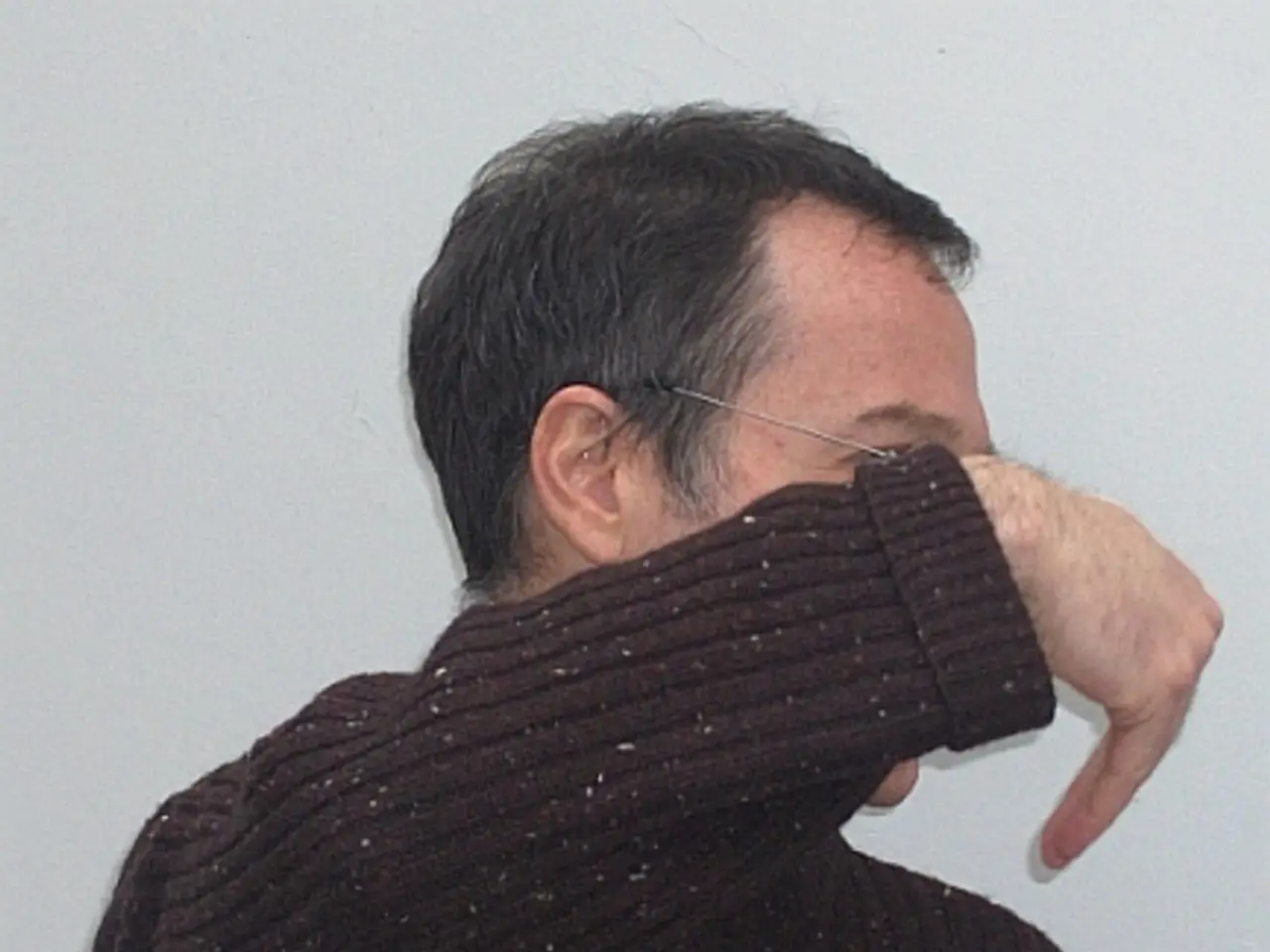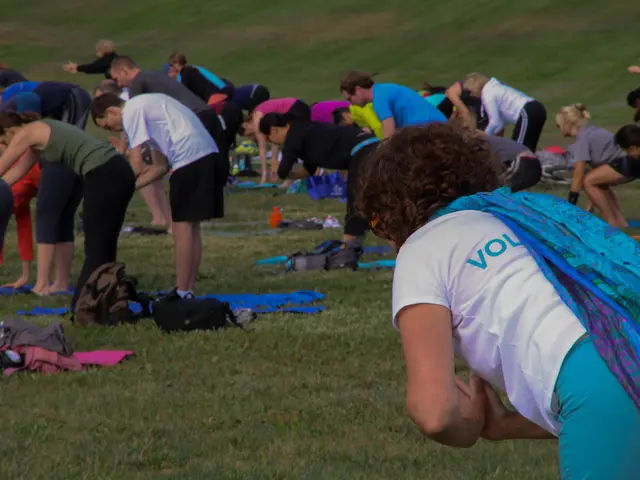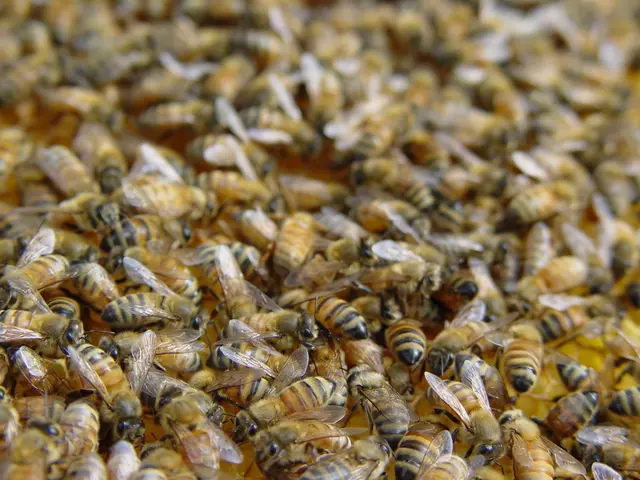Guide on Preventing a Knitted Sweater from Fraying During Cutting
In the world of knitting, steeking is a technique that allows knitters to safely cut and alter their knit sweaters without causing them to unravel. This method is particularly useful for resizing, changing the style, or adding unique elements to a sweater.
To begin, it's essential to reinforce the steek area. This can be achieved by sewing parallel lines of sturdy stitches, either by machine or hand, a small distance apart over the intended cut line. This stitching prevents the loops from pulling loose once cut.
Once the stitching is in place, carefully cut exactly between the lines to open the steek. The stitching holds the edges from unraveling. It's recommended to use sharp scissors or rotary cutters for clean cuts, while pins or clips can help hold the fabric in place.
For those without a sewing machine, other methods such as crochet, knitting, or using a tapestry needle can be used. When steeking with a crochet hook, cut into the area inside the crochet stitches.
After cutting, soak and block the pieces to relax and set the stitches, maintaining shape and preventing distortion. It's important to handle the fabric gently when wet or drying, laying it flat to dry and avoiding twisting or stretching.
Some knitters reinforce steek edges further with crochet edging or serging to prevent unraveling. If concerned about unreinforced fibers unraveling, rub the edges of the cut section together to felt them and help them stick together.
Steeking is a versatile technique, useful for altering the length, neckline, style, or for stranded color-work in knitting. For instance, a pullover style sweater can be cut straight up the middle to turn it into a cardigan. Cutting the neckline of a sweater can change its style, for example, from a crewneck to a V-neck or boatneck.
In unreinforced steeking, the fibers stick together without any reinforcement because the fabric is made from animal fibres that naturally felt together. This can be useful for stranded knitting due to the stickiness of animal fiber yarns.
In summary, the safest way to cut and steek a knit sweater is to first machine sew stabilizing rows along the cut line, then cut between them carefully, followed by blocking and gentle handling to maintain shape and prevent unraveling. With these steps in mind, you'll be well on your way to mastering the art of steeking and unlocking endless possibilities for your knitwear creations.
The art of steeking can extend beyond the realm of knitted sweaters, offering innovative solutions for various lifestyle needs. For instance, a fashion-and-beauty enthusiast might fashion a unique fashion statement by transforming a pullover into a convenience-friendly home-and-garden accessory, utilizing steeking to create a conveniently open vest for gardening activities. Conversely, a home-and-garden aficionado could use this technique to dress up a plain throw pillow by steeking it to add intricate fashion-and-beauty patterns for an added touch of elegance.




